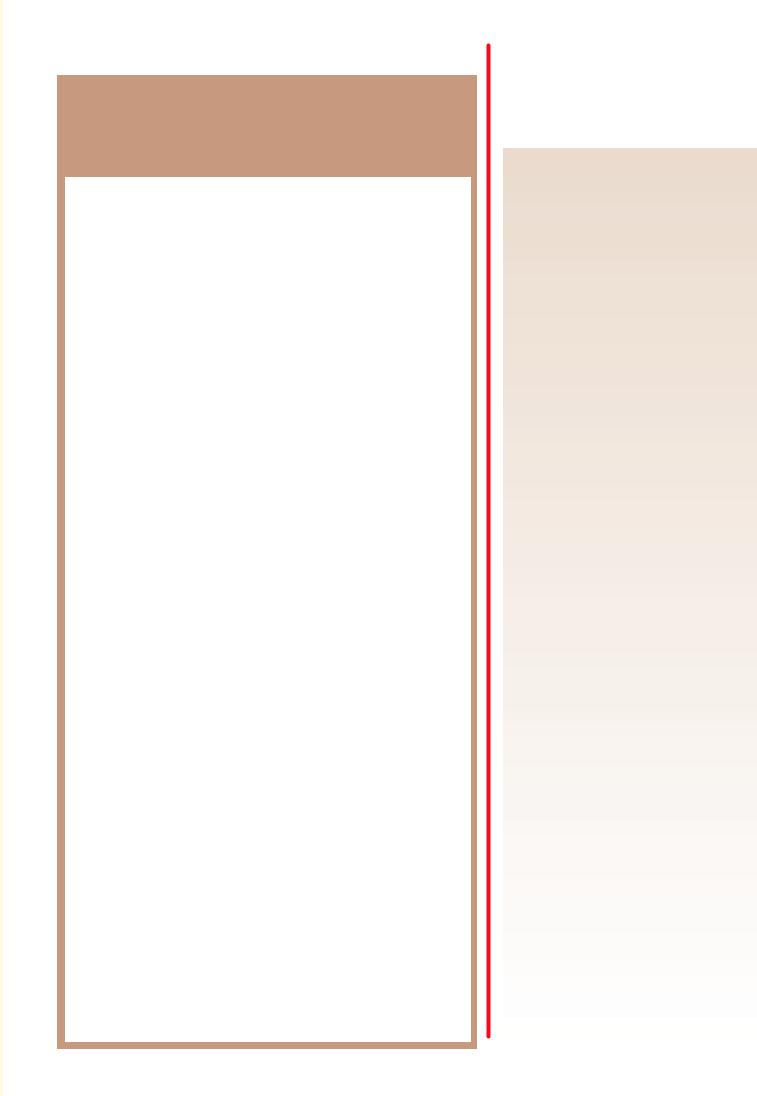
- •NEWS IN BRIEF
- •TEXTS FOR READING
- •London’s Newest Attraction and Symbol of Confidence
- •Impostor
- •METHODS OF TEACHING
- •CLASSROOM ACTIVITIES
- •English Club
- •CREATIVE WRITING
- •Hobbies Differ Like Tastes
- •FOCUS ON LANGUAGE
- •Crossword “Hobbies”
- •DISCOVERING THE PAST
- •Test Your Knowledge
- •LESSON PLANS
- •TOPICAL JOURNEY
- •Leisure Time in the Past
- •English Words and phrases for Free Time and Hobbies
- •Collecting as a Hobby
- •Interesting Facts
- •Creative Hobbies
- •Types of Hobbies
- •Popular Hobbies
- •Hobbies in Books
- •SCHOOL THEATRE
- •The Little Prince
- •PREPARING FOR EXAMS
- •My Hobbies
- •TESTS
- •Five-Minute Tests
- •FOR YOUNG LEARNERS
- •Primary School Olympiad
- •GOOD NEWS
- •YOUTH ENGLISH SECTION

|
FOCUS ON LANGUAGE |
|
English |
||
PREPOSITIONS |
|
17 |
|||
|
April 2013 |
||||
|
|||||
OF MOVEMENT |
|
|
|
|
|
|
EXERCISES |
|
|||
|
|
|
|
||
|
|
|
|
|
|
•“Towards” means in the general direction of something.
For example: “The cat ran towards the box.”
•“Away from” is for movement in the opposite direction.
For example: “The cat is going away from the box.”
•We use “to” for movement in the direction of something.
For example: “The cat is going to the box.”
•We can use “from” and “to” to describe movement from one point to another.
For example: “The cat went from the box to the chair.”
•“Out of” is for movement from inside to outside.
For example: “The cat jumped out of the box.”
•“Up to” refers to movement as far as a specific point, or “until” that point.
For example: “The cat walked up to the box and sat down.”
•And “into” is for movement from outside to inside.
For example: “The cat jumped into the box.”
•And “onto” for movement to a surface and on top of it.
For example: “The cat jumped onto the box.”
•We can use “off” for movement away from a surface.
For example: “The cat jumped off the box.”
•“Past” is used to indicate movement that passes a point or object.
For example: “The cat ran past the box.”
•We can use “down/up” to describe movement along the whole length of something.
For example: “The cat walked down the road, then jumped onto the box.”
•We use “across” for movement that involves going from one side of something to another side of it. Such as: going across a river, field, park or city square (often by walking/riding/driving on the surface of it).
For example: “The cat walked across the box.”
•We use “round/around” for any type of circular movement around an object/thing/person, etc.
For example: “The cat walked around the box.”
•We use “over” for movement that involves crossing from one side of something to another side of it, often by going above that thing (in the air, for example).
For example: “The cat jumped over the box.”
•We use “up” for movement to a higher point/area.
For example: “The cat climbed up the box.”
•We use “through” for movement inside a closed space from one end of it to the other.
For example: “The cat went through the open end of the box.”
•And we use “down” for movement to a lower point/area.
For example: “The cat climbed down to the box.”
•“Along” is used to describe continuous movement at the side of something, or for movement along a “line” such as a road, river, path or trail.
For example: “The cat walked along the side of the box.”
Part I. Complete the sentences with the correct preposition of movement. In some cases, more than one answer may be possible.
1.They climbed __________ the mountain and went right to the top.
2.We saw a bull as we were walking
__________ the field.
3.We had to walk __________ the whole of the building before we found the entrance.
4.They drove __________ the tunnel.
5.We walked __________ the side of the river as far as Hampton Court.
6.They ran __________ the hill and dived into the river below.
7.She jumped off the table and __________
the floor.
8.As I was walking in the park, a strange man ran __________ me, but I didn’t see his face.
9.She jumped __________ the fence and disappeared __________ the woods.
Part II. Complete the sentences with the correct preposition of movement. In some cases, more than one answer may be possible.
1.The man tried to pet the cat but it just ran
____________ from him.
2.When the cat saw us, it jumped
__________ the box and hid there.
3.The lion came slowly __________ me, but stopped when it was about 3 metres away.
4.I went __________ the police officer and asked for directions.
5.I’m going __________ the shops. Do you want anything?
6.When I opened the box, a cat jumped
__________ it.
7.The robber jumped __________ the roof and onto the street below.
8.We travelled __________ the East Coast of America to the West Coast.
Answers:
Part I: 1. up 2; across/past/along; 3. around; 4. through; 5. along; 6. up; 7. onto; 8. up to/ into; 9. off, into
Part II: 1. away; 2. into/under; 3. up to; 4. to/ up to; 5. to; 6. out of/into; 7. off/down; 8. along
By Lyudmila Kinakh,
School No. 858, Moscow
